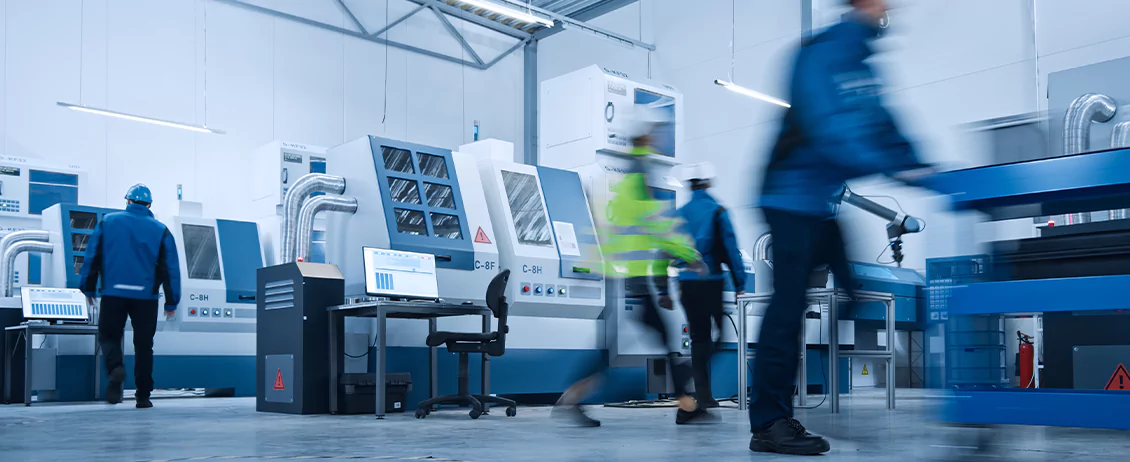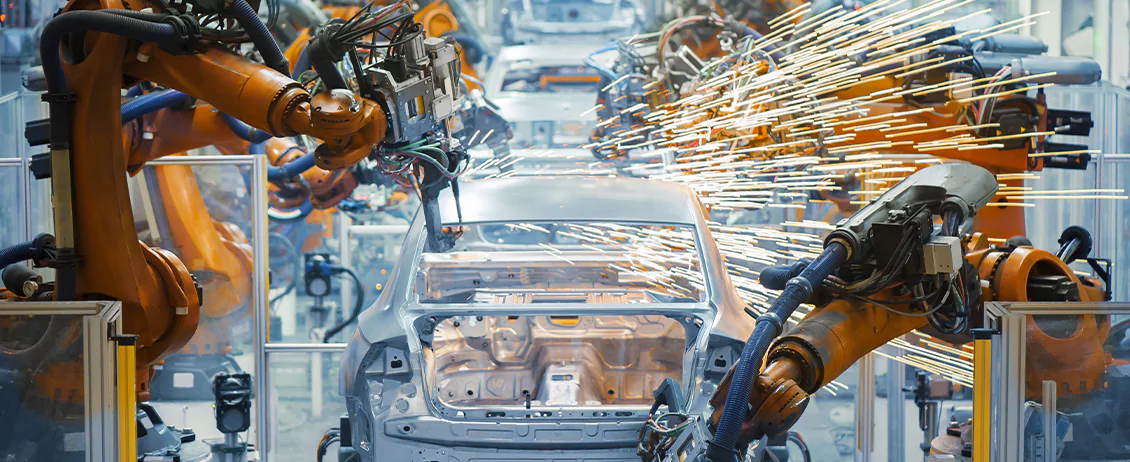Embedded software, used in embedded systems, has become a significant part of today’s digital ecosystem. Developed for embedded systems that handle operations with minimal or no human intervention, these software applications have simplified operations in many arenas of different industrial domains.
In other terms, embedded systems run on specialized applications known as embedded software, build specifically to meet the hardware specification and deliver the desired output.
If you are new to the concept, this article is an ultimate guide to what is embedded software and what are its different types.
Meaning of embedded software
Embedded software is software or specialized programming on-chip integrated into hardware. This programming module comes as part of a microchip or as an application on the chip to control device functions.Hardware developers use embedded solutions to have better control over the devices and their functioning. To make it clearer, let’s take PC applications as an example.
Computer applications, in general, are designed to be installed and run over a variety of computer systems. These applications offer different levels of functions as per requirement. On the other hand, embedded software is developed for particular devices and has fixed hardware requirements or functional capabilities.
Examples of devices running embedded software
Some of the examples of devices running embedded software include:
- Surveillance cameras
- Washing machines
- Microwaves
- Mobile phones
- Medical equipment
What is an embedded system?
An embedded system is a microchip-based equipment or computer hardware component with a software application designed to handle a particular task. It performs either as a standalone system or as part of a comprehensive system.
At the core of the embedded system is an integrated circuit that does computation tasks for real-time computing operations. If you still wondering what is an embedded system, here are some noteworthy features to help you understand better.
- Aimed to be task-specific so they perform a specific process repeatedly
- Designed to handle a particular task within a pre-defined amount of time
- Minimum to no user interface as they work on a specific set of instructions
- Efficient enough to handle tasks, they are portable, power-efficient, and cost-effective
- Users cannot modify these systems which makes them highly reliable and durable
- Requires peripherals to connect various input and output devices
- Integrates microprocessors and microcontrollers to process and control functions respectively

Software used in embedded system
Based on the device’s purpose and architectural complexity, the software layer in the embedded system may contain several components. These components include Firmware, operating system, middleware, and application software.
A more complex embedded system will have all these layers while a simple one may lack a software component, for example – an operating system.
Let’s now discuss the four different components of embedded software.
Firmware
A program that is written for a specific hardware component.
Operating System
A software application that enables developers to set rules, and instructions, and manage system resources. The OS layer includes device drivers that further provide an application programming interface (API) for high-level software components. In addition, it helps communicate with integrated system hardware. Operating systems can be categorized as real-time operating systems and general-purpose operating systems.
Middleware
An application that acts as an intermediary to facilitate communication between the upper level and the lower level. In general, Middleware is software specific and rests between the operating system layer and the application software layer.
Application Software
A specialized software that is designed to perform functions while interacting with end-users.
If you are looking to build a competitive embedded system, you must contact and discuss your requirements with embedded systems consultancy services.
Real life examples of embedded systems
What to learn about the real-life use cases of embedded software, no need to look far and wide as you can easily find them around. Here are some great embedded systems examples:
Smart Home. Today’s modern houses are full of appliances and consumer electronic devices. These devices include smartphones, digital cameras, gaming consoles, coffee machines, air conditioners, TVs, music systems, and vacuum cleaners, to name a few.
Smart Cities. With the introduction of IoT systems, the idea of smart cities emerged. Embedded systems and software applications pave the way for surveillance systems, pollution monitoring equipment, traffic control systems, smart parking, and interactive kiosks.
Automotive Industry. If you have purchased a car recently, you must be familiar with auto-transmission, cruise control, anti-braking systems, blind-spot detection, emission control technology, in-vehicle infotainment system, fuel control system, and climate control.
Aerospace/Military. Embedded Systems are playing a vital role in the domains of aerospace and military. Examples include navigation and communication systems and high-performing sensors, drones, and satellites orbiting in space to send and receive signals.
Based on functions and performance, the embedded systems are categorized into four different segments. Let’s understand all these types in detail.

Embedded real time systems
A system that produces an output within the specified time is referred to as an embedded real time system. These devices are designed to perform a specific task within a predefined duration.
Standalone embedded systems
Standalone systems, as the name indicates, are designed to function independently. These self-reliant systems are not dependent on the host systems.
Networked embedded systems
These systems rely on an internet connection to complete the assigned tasks. These systems are connected via IoT and other devices such as sensors and controllers.
Mobile embedded systems
Mobile embedded systems are compact and can be integrated into small devices. The application areas of these systems include digital cameras and smartphones.
Main differences between embedded systems and embedded software
While embedded systems are the combination of hardware components and software applications, embedded software can be considered a subset. Embedded systems are developed to perform a specific operation while embedded software is designed to instruct the system on what to do.
Advantages of using embedded systems
Embedded systems software brings along numerous benefits and some of which are enlisted below:
- Consumes fewer system resources
- The compact size makes them portable
- Ability to stand extreme weather conditions
- Lower operational expense makes them cost-effective
- Lesser programming or coding makes them faster to load
- More reliable as they are designed to perform a single task
Embedded software development demand specialized skills as they are different from traditional computers. Hence, these systems are developed by embedded system engineers with years of expertise and knowledge in embedded technology. A typical embedded system needs a variety of microprocessors, programming tools, and operating systems.
Scalo - Your Partner in Embedded Software Development
Scalo’s Tech experts in embedded solutions helped various manufacturing companies join Industry 4.0 revolution. Modernizing existing legacy solutions or crafting tailor-made embedded software from scratch is what we’re great at. Are you in need of a reliable software partner? Contact us.





